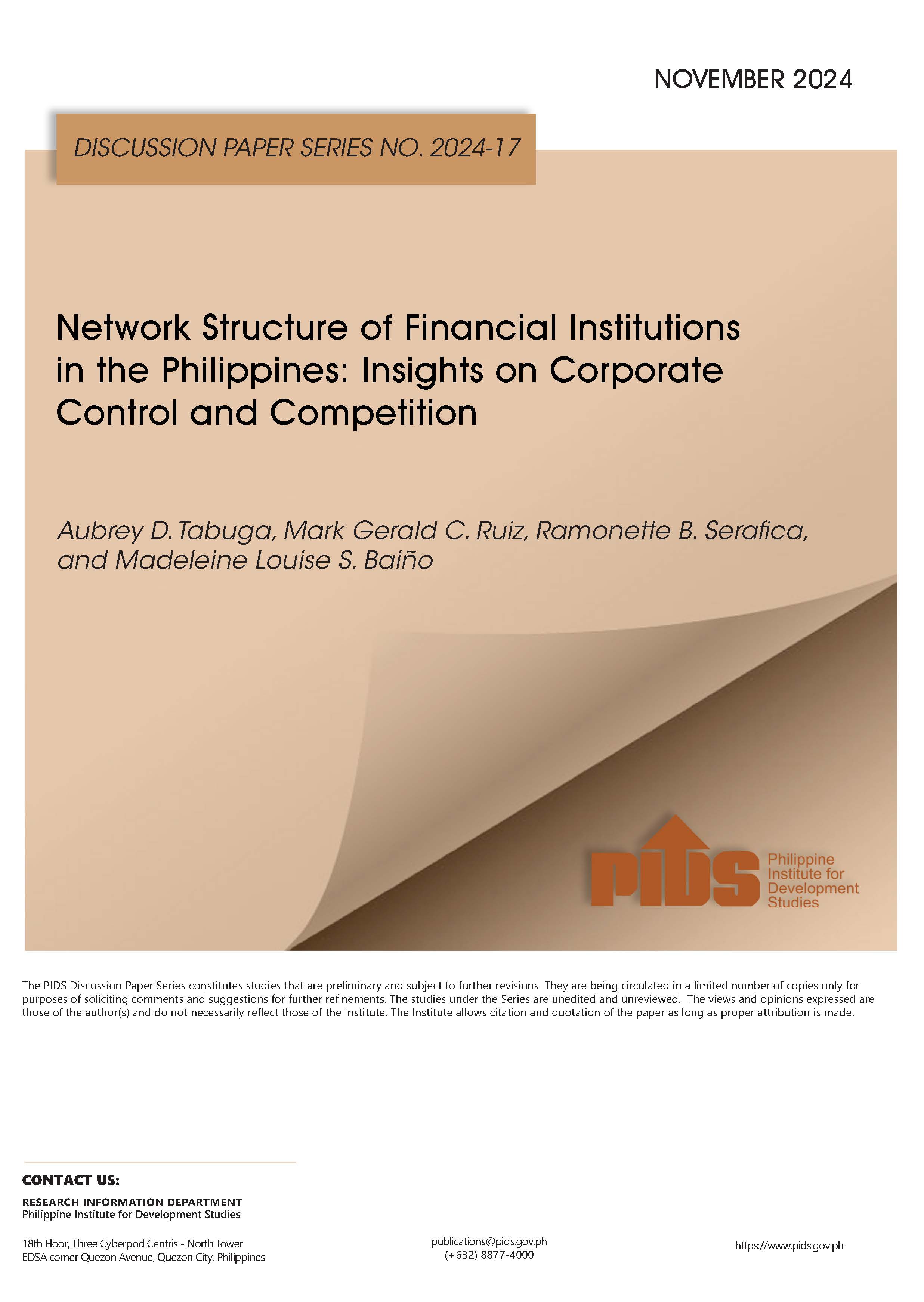Amid the enhanced community quarantine aimed at controlling the spread of the coronavirus disease 2019 (COVID-19), the government has been urged to provide assistance to the middle class.
President Rodrigo last week ordered the economic team to look into the possibility of including middle class households in the government's cash subsidy program, following suggestions of Cavite Governor Juanito Victor "Jonvic" Remulla.
On social media, there has been an ongoing debate: How do you know if you're middle class?
According to a 2018 study by the Philippine Institute of Development Studies (PIDS), 40% of the country's population belong to the middle-income class, while majority or 58% belong to the lower-income class.
The PIDS is a nonstock, nonprofit government corporation that serves as the government's primary socioeconomic policy think tank.
"(T)he middle income households in the country are found to have substantially improved access to nonmonetary indicators of welfare than low-income counterparts," the study stated.
"Middle-class households mainly live in urban areas and in the Greater Metro Manila with ease of access to various services and private establishments," it added.
The PIDS study stated that individuals from the middle income class have attained a "high level" of education, with families putting high value on human capital development, as they tend to be employed on non-vulnerable jobs outside agriculture.
"While the middle-income tend to be better off than a large proportion of the population, they have their own vulnerabilities," the PIDs study read.
Among the vulnerabilities cited are the end-of-contracts of workers, especially overseas Filipino workers (OFWs) who make up a large share of the middle income class, specifically to the lower middle income cluster.
PIDS also flagged that the middle income class living in disadvantaged areas still rely on ground and surface water prone to contamination, and that a large proportion of informal settlers are likely facing difficulties in access to affordable housing.
"While middle-income growth is essential for development, the government needs to intervene by promoting a more inclusive social contract to offset the negative consequences associated with middle-income expansion," the PIDS study said.
The Philippine government targets the country to be predominantly middle-class with zero poverty by the next 20 years, under the AmBisyon Natin 2040 roadmap released by the National Economic and Development Authority (NEDA). --JST, GMA News
President Rodrigo last week ordered the economic team to look into the possibility of including middle class households in the government's cash subsidy program, following suggestions of Cavite Governor Juanito Victor "Jonvic" Remulla.
On social media, there has been an ongoing debate: How do you know if you're middle class?
According to a 2018 study by the Philippine Institute of Development Studies (PIDS), 40% of the country's population belong to the middle-income class, while majority or 58% belong to the lower-income class.
The PIDS is a nonstock, nonprofit government corporation that serves as the government's primary socioeconomic policy think tank.
"(T)he middle income households in the country are found to have substantially improved access to nonmonetary indicators of welfare than low-income counterparts," the study stated.
"Middle-class households mainly live in urban areas and in the Greater Metro Manila with ease of access to various services and private establishments," it added.
The PIDS study stated that individuals from the middle income class have attained a "high level" of education, with families putting high value on human capital development, as they tend to be employed on non-vulnerable jobs outside agriculture.
"While the middle-income tend to be better off than a large proportion of the population, they have their own vulnerabilities," the PIDs study read.
Among the vulnerabilities cited are the end-of-contracts of workers, especially overseas Filipino workers (OFWs) who make up a large share of the middle income class, specifically to the lower middle income cluster.
PIDS also flagged that the middle income class living in disadvantaged areas still rely on ground and surface water prone to contamination, and that a large proportion of informal settlers are likely facing difficulties in access to affordable housing.
"While middle-income growth is essential for development, the government needs to intervene by promoting a more inclusive social contract to offset the negative consequences associated with middle-income expansion," the PIDS study said.
The Philippine government targets the country to be predominantly middle-class with zero poverty by the next 20 years, under the AmBisyon Natin 2040 roadmap released by the National Economic and Development Authority (NEDA). --JST, GMA News












